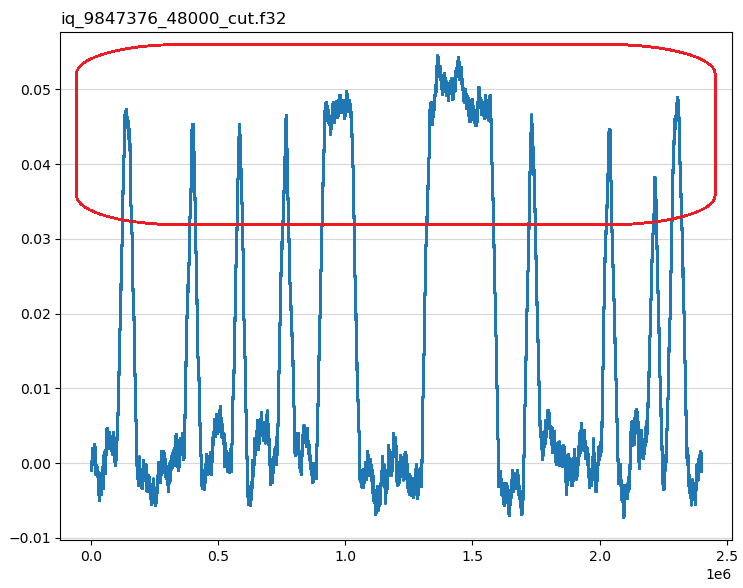It is based on what mode the observation is, many will just run 48ksps (which is minimum here) and others as high as the baudrate demands. This is calculated inside the flowgraphs and I made a helper script that figures this out based on baudrate {{BAUD}} and what flowgraph {{SCRIPT_NAME}} is running.
My personal preference is to at least have the observation ID and sample rate in the name, the rest can be deducted from the api or observation page.
Now, theoretically, If we’re talking about your station here and you want to automate the extraction of doppler from the observations… The UDP stream that can be enabled contains basically the same as what is recorded in the IQ dump and it can be done live. Either use that or the IQ dump files themselves.
Running a quadrature demod on this and not using a DC block gives you the offset in the resulting samples, I’m not sure what the exact ratio is but it probably depends on the chosen gain, and that is based on the deviation and baudrate.
Here’s a thread on how I measure and observe this for single frames, as you can see there’s a offset in the waveform, this can probably be used to determine the frequency offset.
You need to create some sort of flowgraph or script that processes this and displays it in some useable format.
The FSK flowgraph already contains the basic function in the frequency correction part, at the red arrow in this image:
edit:
I did a quick measurement on a Greencube obs (cut from 250-300s) that I want to extract the offset from.
The flowgraph used:
Changing the averaging to 32k gets more stable values:



